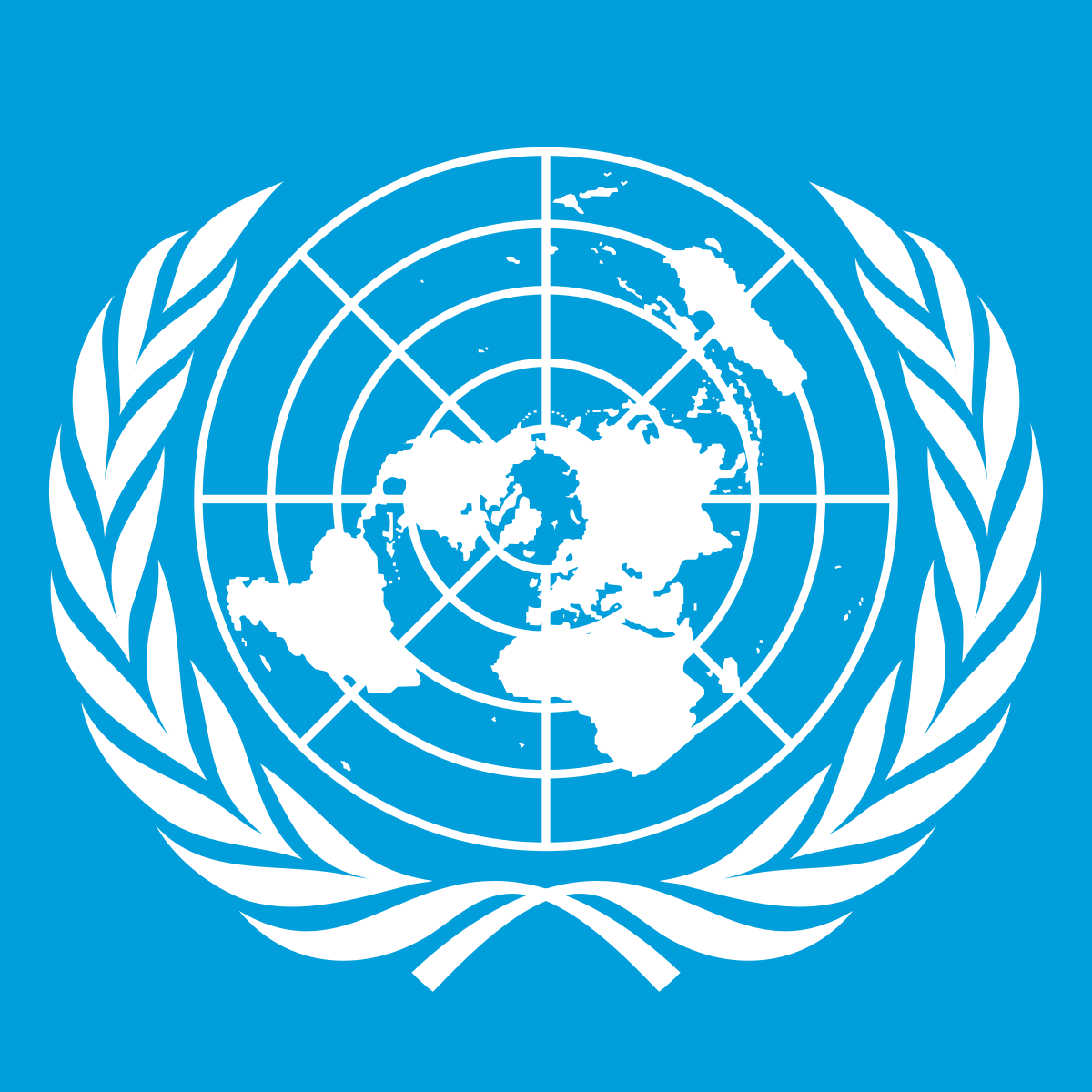In 1920, the First Assembly of the League of Nations convened in Geneva. Established by the Treaty of Versailles, their objective was to develop cooperation among nations and to guarantee them peace and security.
The League was replaced in 1945, by the United Nations, established under the Charter of Nations and is currently made up of 193 member states.
The main bodies of the United Nations include

Public Domain, Link
Charles Sturt University acknowledges the traditional custodians of the lands on which its campuses are located, paying respect to Elders, both past and present, and extend that respect to all First Nations Peoples.
Charles Sturt University is an Australian University, TEQSA Provider Identification: PRV12018. CRICOS Provider: 00005F.